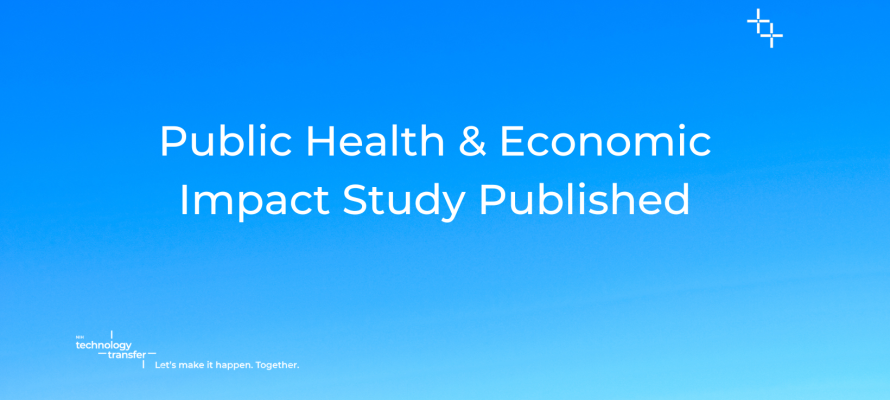Public Health & Economic Impact Study Published

The Public Health and Economic Impact Study of NIH Intramural Technology Transfer Licensing final project report has been published. This report dives into the history of biomedical innovations that were a result of the NIH Intramural Research Program (IRP) that benefit the United States. This report provides a portfolio of indicators that help to characterize and quantify the impact of IRP research enabled by technology transfer.
The impact of the program was evaluated based on three lenses: innovation, economy, and health. Evaluating NIH’s technology transfer program through the innovation it stimulated showed that IRP-licensed technologies spur substantial follow-on research and development activity, including new inventions and clinical trials. Of the top 100 products by sales, 58 licensees cited 148 NIH patents on over 1,700 subsequent patents and the top 25 drugs were the subject of nearly 1,200 clinical trials.
When taking a look at the economic impact of NIH’s technology transfer program, the study saw that IRP technologies licensed from 1980 to 2021 contributed to products with over $130 billion in U.S. sales. Of the 150 highest selling products from licensees, 57 products were commercialized by early-stage firms. Sales supported an average of 74,500 jobs each year between 2001 and 2021.
By studying the health impact, it was found that licensees develop therapies and vaccines that prevent lost productivity, extend lifetimes, and avert loss of life from key diseases. For example, Velcade, a treatment for multiple myeloma, contributed to a gain of 6 days per year in productivity and a reduction of over 3 days per year of hospitalization for patients. When evaluating Gardasil, the HPV vaccine, it was found that it potentially averted over 26,500 deaths from cervical cancer from 2008 through 2019, resulting in up to 557,640 future years of life loss prevented.
This is only a small taste of the interesting findings outline in the report. To read the full report and associated materials, please visit the Public Health and Economic Impact Study webpage.
